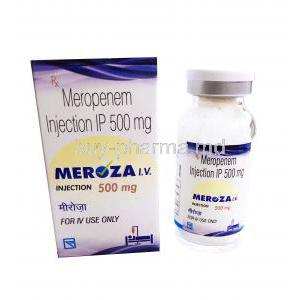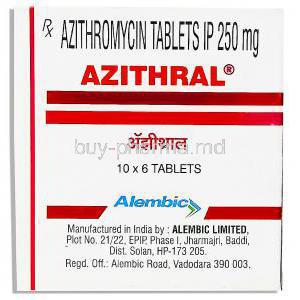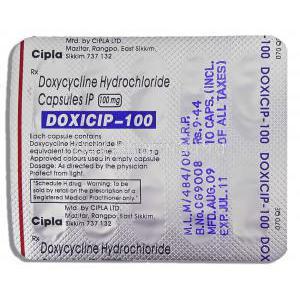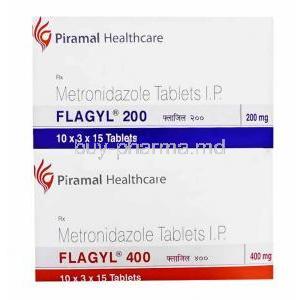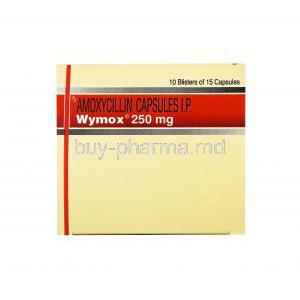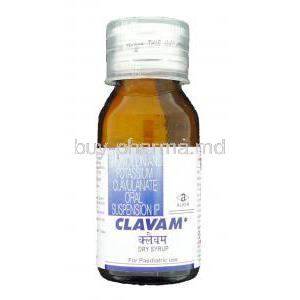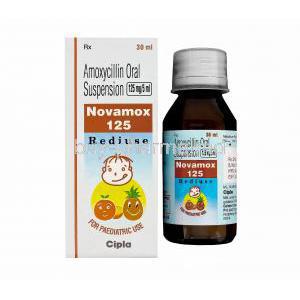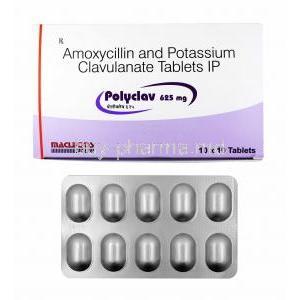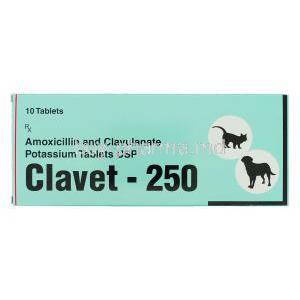Introduction to Invanz (Ertapenem Injection)
Overview of Invanz and its Role in Modern Antimicrobial Therapy
Invanz, containing ertapenem as its active compound, represents a cornerstone in contemporary antimicrobial regimens. It is often reserved for infections that require broad-spectrum coverage when conventional antibiotics prove inadequate. By addressing pathogens that are resistant to older agents, Invanz plays a decisive role in safeguarding patient outcomes.
Classification: Carbapenem Antibiotic within the Beta-Lactam Family
Ertapenem belongs to the carbapenem subclass of beta-lactam antibiotics. This classification underscores its potency and broad-spectrum nature, enabling clinicians to target a wide variety of pathogens effectively. Unlike narrower-spectrum beta-lactams, carbapenems are often described as “antibiotics of last resort.”
FDA Approval History and Global Clinical Adoption
The United States Food and Drug Administration approved Invanz in 2001. Since then, it has been adopted worldwide in both hospital and outpatient settings. Its integration into clinical practice guidelines has reinforced its reputation as a reliable therapeutic tool against complicated infections.
Importance in Treating Resistant Bacterial Infections
With antimicrobial resistance emerging as a global crisis, Invanz offers a robust option for clinicians. It provides activity against extended-spectrum beta-lactamase (ESBL)-producing organisms, making it vital in infections where resistance limits therapeutic choices.
Composition and Formulation of Invanz
Active Ingredient: Ertapenem Sodium
The medicinal component of Invanz is ertapenem sodium, which functions as a bactericidal agent by disrupting bacterial cell wall synthesis.
Available Dosage Forms
Invanz is supplied as a sterile powder that requires reconstitution prior to administration. It can be prepared for:
- Intravenous (IV) infusion
- Intramuscular (IM) injection
Inactive Ingredients and Formulation Details
Excipients are included to stabilize the product and ensure solubility. These non-active components do not contribute to antimicrobial action but facilitate safe and consistent administration.
Pharmacological Class and Therapeutic Category
Invanz is classified as a carbapenem antibiotic. Its therapeutic category encompasses the treatment of moderate to severe bacterial infections requiring broad coverage.
Mechanism of Action: How Ertapenem Works
Inhibition of Bacterial Cell Wall Synthesis
Ertapenem exerts its effect by binding to penicillin-binding proteins, essential for bacterial cell wall construction. This results in structural weakness and eventual cell lysis.
Spectrum of Activity
The drug is active against a wide range of organisms, including:
- Gram-positive bacteria
- Gram-negative bacteria
- Anaerobic bacteria
Comparison with Other Carbapenems
Compared to imipenem, meropenem, and doripenem, ertapenem has a slightly narrower spectrum. Notably, it has limited activity against Pseudomonas aeruginosa and Acinetobacter species, which differentiates its clinical utility.
Resistance Mechanisms and Clinical Implications
Bacterial resistance can occur through beta-lactamase production, efflux pumps, or alterations in penicillin-binding proteins. Understanding these mechanisms aids clinicians in selecting appropriate therapy.
Clinical Uses of Invanz
FDA-Approved Uses
- Complicated intra-abdominal infections
- Complicated skin and skin-structure infections
- Community-acquired pneumonia
- Complicated urinary tract infections, including pyelonephritis
- Acute pelvic infections
- Prophylaxis of surgical site infections after colorectal surgery
Off-Label Uses
- Diabetic foot infections
- Sepsis management in select patients
- Infections caused by multidrug-resistant bacteria, including ESBL producers
- Empiric therapy for suspected resistant infections
Dosage and Administration Guidelines
Standard Dosage
For most adults, the recommended dosage is 1 gram once daily, administered either intravenously or intramuscularly. Treatment duration varies by infection type, typically ranging from 5 to 14 days.
Administration in Special Populations
- Renal impairment: Dosage adjustments are required to avoid accumulation and toxicity.
- Hepatic impairment: No significant changes in dosing are usually necessary.
- Pediatric patients: Specific dosing protocols are established based on age and weight.
- Elderly patients: Careful monitoring is recommended due to altered pharmacokinetics and renal function decline.
Method of Administration
IV infusion should be administered over 30 minutes, while IM injections are prepared with an appropriate diluent such as lidocaine. Reconstitution guidelines ensure optimal potency and patient comfort.
Side Effects of Invanz
Common Side Effects
- Gastrointestinal disturbances such as diarrhea, nausea, or vomiting
- Headache and dizziness
- Injection site pain, swelling, or irritation
Less Common but Serious Side Effects
- Severe hypersensitivity and anaphylaxis
- Clostridioides difficile-associated diarrhea
- Seizures and other central nervous system reactions
- Elevated liver enzymes indicating hepatic stress
- Hematologic effects such as anemia, thrombocytopenia, and leukopenia
Warnings and Important Precautions
Invanz should be prescribed with prudence, taking into account patient-specific risk factors. Key precautions include:
- Hypersensitivity reactions in individuals with known beta-lactam allergy
- Seizure risk in patients with pre-existing central nervous system disorders
- Potential for promoting antimicrobial resistance with inappropriate use
- Risk of Clostridioides difficile infection following prolonged therapy
- Superinfection from overuse or extended treatment duration
Contraindications
Known Hypersensitivity to Ertapenem or Other Beta-Lactam Antibiotics
Invanz must not be administered to individuals with a documented hypersensitivity to ertapenem or any other beta-lactam antibiotic. Hypersensitivity reactions can manifest as mild dermatological eruptions, but in some cases, may escalate to life-threatening systemic responses.
Severe Anaphylactic Reactions to Penicillins, Cephalosporins, or Carbapenems
Patients with a history of severe anaphylaxis following penicillins, cephalosporins, or other carbapenems are strictly contraindicated. Cross-reactivity within the beta-lactam family can result in catastrophic outcomes, necessitating absolute avoidance in such populations.
Careful Administration and Monitoring
Patients with CNS Disorders
Those with a history of seizures, intracranial lesions, or predisposing neurological conditions require vigilant monitoring. Ertapenem may lower seizure thresholds, amplifying the risk of convulsive episodes.
Patients with Renal Impairment
Renal insufficiency prolongs ertapenem clearance. Careful dose adjustments and renal function surveillance are mandatory to mitigate drug accumulation and associated toxicity.
Immunocompromised Patients
In immunosuppressed individuals, such as those undergoing chemotherapy or receiving corticosteroids, infections may progress atypically. Ertapenem administration should be combined with enhanced clinical vigilance to detect opportunistic pathogens.
Patients on Prolonged Therapy
Extended treatment courses necessitate routine monitoring of:
- Liver enzymes for hepatotoxicity detection
- Renal parameters to identify nephrotoxic stress
- Hematologic indices for cytopenias
Drug Interactions
Probenecid and Increased Ertapenem Levels
Concomitant use with probenecid significantly reduces renal clearance of ertapenem, leading to elevated serum levels. This may potentiate toxicity and should be avoided unless clinically justified.
Valproic Acid and Reduced Anticonvulsant Effect
Co-administration with valproic acid may lower valproate concentrations, increasing seizure susceptibility. Alternative antimicrobial or anticonvulsant strategies should be considered in such cases.
Cyclosporine and Other Nephrotoxic Agents
Use alongside nephrotoxic drugs, including cyclosporine, can compound renal injury. Clinicians should weigh benefits against risks and perform renal function tests periodically.
Warfarin and Anticoagulants
Ertapenem may interfere with coagulation parameters, requiring closer monitoring of patients on warfarin or other anticoagulants. Adjustments to anticoagulant dosing may be warranted based on INR fluctuations.
Administration in Special Populations
11.1 Use in Elderly Patients
Aging alters pharmacokinetics, with reduced renal clearance and variable drug distribution. Dose modifications based on renal performance are often essential. Elderly individuals also present heightened vulnerability to central nervous system adverse events, such as confusion or seizures.
11.2 Use in Pregnant Women and Nursing Mothers
Animal studies suggest minimal teratogenicity; however, human data remain limited. Ertapenem crosses the placenta, raising concerns for fetal exposure. During lactation, small quantities may be excreted in breast milk, necessitating clinical judgment regarding maternal therapy versus potential neonatal risk.
11.3 Use in Pediatric Patients
Invanz is approved for pediatric use in specific infections, with dosing tailored to age and body weight. Clinical studies affirm efficacy and safety in children, but caution is imperative in neonates, whose immature renal systems may predispose them to drug accumulation.
Overdosage and Emergency Management
Symptoms of Overdose
Signs of excessive ertapenem exposure include neurological toxicity such as seizures, confusion, or tremors, as well as renal complications due to drug accumulation.
Immediate Management
Prompt supportive care is essential. This may involve airway protection, seizure control with appropriate anticonvulsants, and intravenous fluids to enhance clearance.
Hemodialysis
In severe overdose, hemodialysis effectively reduces serum ertapenem levels, making it a critical option for patients with renal impairment.
Handling and Storage Precautions
Storage Requirements
Unreconstituted vials should be stored at controlled room temperature, away from excessive moisture and light. Once reconstituted, solutions must be used within specified timeframes to maintain potency.
Stability After Reconstitution
Stability varies depending on the diluent and storage conditions. Refrigeration extends viability, while room temperature storage shortens usable duration. Detailed instructions accompany each preparation.
Proper Handling and Disposal
Unused or expired medication must be disposed of following institutional protocols to prevent environmental contamination and misuse. Sharps disposal containers should be utilized for used vials and syringes.
Safe Administration Practices
Healthcare providers should adhere to aseptic techniques during preparation and administration. Proper labeling and double-checking dosage calculations are vital safeguards against medication errors.


